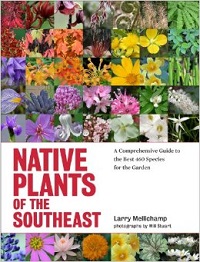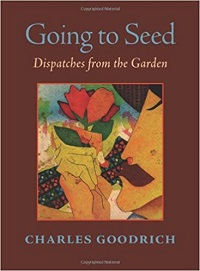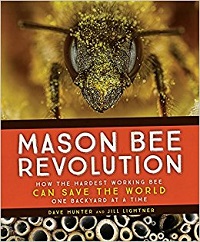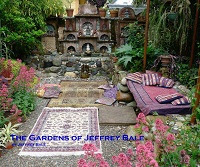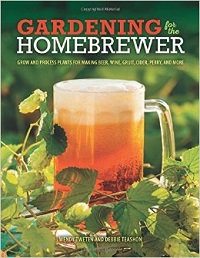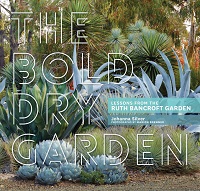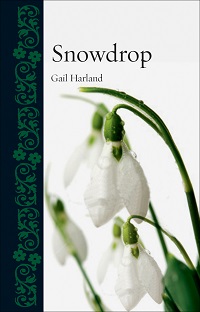
A few months ago, when I was considering potential books for the Miller Library, my first reaction to Snowdrop by Gail Harland was, “Oh no, we don’t need another book on snowdrops!”
I was wrong. This is an excellent addition to the library and is quite different from our several other titles on the genus Galanthus. It is part of the Reaktion Books Botanical series of books (we have many in the series) which are uniform in their ability to bring a fresh prospective to many garden subjects already well recounted by others.
These other authors provide extensive descriptions of the hundreds of snowdrop varieties that eager galanthophiles will snap up, while this book is more interested in the passion that drives such collectors. It is also a wonderful history of the role these early spring flowers have played in culture, including art, literature, and music.
For example, do you remember the white kitten in Through the Looking Glass and What Alice Found There? Yes, that was Snowdrop, who later became the White Queen. Did you know that earliest English translations of Schneewittchen by the Brothers Grimm was Snow-Drop? It was only after the Walt Disney animation of the same story that we came to know the heroine as Snow White.
For these stories and many others, this is a delightful book to read especially during these late, cold days of winter. Moreover, if you hurry, you can check out Snowdrop while its eponymous flower is still in bloom in your garden!
Published in the February 2017 Leaflet Volume 4, Issue 2.
